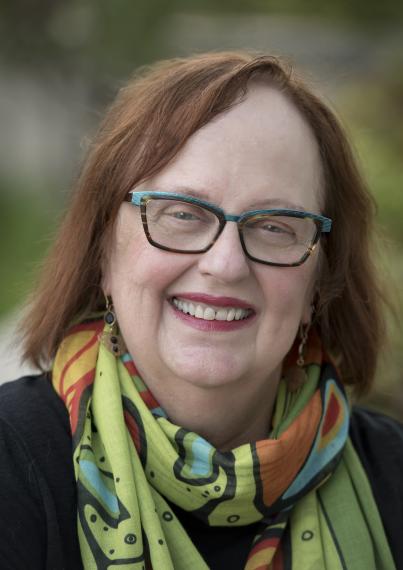Today’s holiday traditions might seem timeless, but they didn’t just spontaneously arise, says Dr. Jacqueline Murray, professor emerita of history at the University of Guelph’s College of Arts.

“Many of our traditions date back to pre-Christian times and originate in northern Europe,” says Murray. “They’re associated with the winter solstice – the days getting shorter, the sun disappearing and fears of the ‘demons’ of winter.”
Murray, who studies medieval Europe and other time periods, gives the example of yule logs. Now a traditional dessert, their origins lie with Scandinavians and Celts, who burned yule trunks in hearths and thought the fires could help bring back the sun.
“Elves were also associated with the celebration of the winter solstice and so easily became associated with Christmas,” she says.
Mistletoe also originated in Celtic history, says Murray. Celtic druids harvested them from sacred oaks and hung them in doorways to protect against thunder and encourage Earth’s fertility.
Holly, too, was thought to ward off evil spirits with their prickliness.
One of the most widely embraced holiday traditions, the Christmas tree, has a history that spans hundreds of years, Murray explains. Christmas trees evolved from the use of evergreen boughs, which were thought to ward off winter demons. In the 16th century, German Protestants started bringing these trees into their homes and decorating them with apples and tinsel.
By the 19th century, Christmas trees were becoming more popular among royalty.
“Christmas trees were used in royal courts from Russia to Austria, and the first fully decorated tree was in 1800 England by Queen Charlotte – yes, she of Bridgerton fame,” Murray says. “Their popularity expanded with Queen Victoria and they gradually moved across social classes.”
The first Christmas tree in North America, the historian says, was introduced in Quebec by German soldiers in 1781.
Some traditions have not carried through to the present, she says, like placing candles in the window to help travellers find their way through dark nights.
What unites these stories is how traditions tend to solidify across generations.
“When practices are used and reused and passed down through the centuries, their context gradually disappears as they are rarely written down,” says Murray. “Over generations, the original meaning fades but the practices continue. Regardless, understanding their history can make us appreciate them that much more.”
There are many traditions from history Murray has studied: the origins of Santa Claus from the 4th century, the original context of the Nativity and more.
She is available for interviews.
Contact:
Dr. Jacqueline Murray
jacqueline.murray@uoguelph.ca
